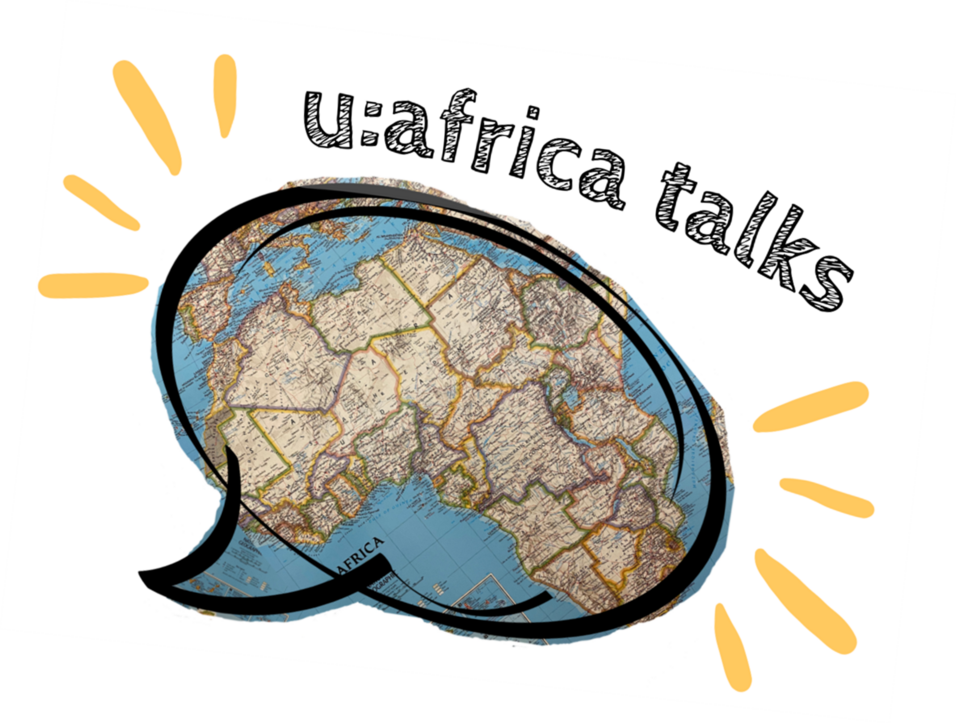The circumstances of Deaf people over the centuries have been shrouded in one controversy after another. In Ancient Greece, for instance, great thinkers like Plato (427 427-347 B.C.) and Aristotle (384 384-322 B.C.) suggested that the deaf are senseless and incapable of reason and, therefore, could not be educated because they could not hear. The ripple effect of these perceptions impacted the thinking of generations after. Like the Greek philosophers, modern linguistic theory is fixated on the notion that human language is expressed solely through speech. (Sapir 1921:11; Bloomfield 1933; Chafe 1970:16; Crystal and Craig 1978:161).
Contrary to this thinking, Stokoe (1960, 1978); Klima and Bellugi (1979); Liddell (1980), among others, show that sign language manifests all the major linguistic characteristics of human language. They demonstrate that in terms of structure and function, sign language is at par with spoken language, and therefore capable of meeting all the communicative needs of the Deaf.
In this presentation, I draw on data from Ghanaian Sign language to demonstrate that the sign mode also manifests a phonology, morphology, and syntax.
George Akanlig-Pare is an Associate Professor in the Department of Linguistics, University of Ghana, West Africa, teaching Phonetics, Phonology, Morpho Morpho-syntax, Sign Language Linguistics, and Forensic Linguistics at undergraduate and graduate levels. He is the Chair of Graduate Studies in the Department of Linguistics, University of Ghana, Legon.
Chair: Prof. Dr. Adams Bodomo
Speaker: Prof. Dr. George Akanlig
Akanlig-Pare , University of Ghana
Wednesday, 9
th April 2025, 3pm
Department of African Studies - Seminar room 4
University Campus, court 5.1., Spitalgasse 2, 1090 Vienna
afrika@univie.ac.at, afrika.univie.ac.at

